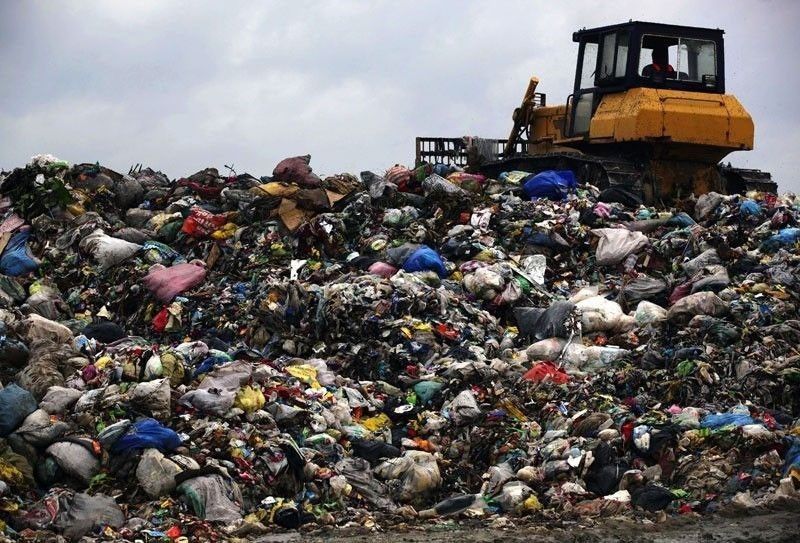MCWM plans to build waste-to-energy facility

MANILA, Philippines — The unsolicited proposal of Metro Clark Waste Management Corp. (MCWM) to build a waste-to-energy facility is expected to address the worsening garbage problem in the Philippines.
MCWM, the operator of the country’s first engineered sanitary landfill, has yet to receive a response from Bases Conversion and Development Authority for its proposal to build a $210-million waste-to-energy facility.
“That proposal is almost perfect. That will be the best way to go into the future in the Philippines. It will drastically minimize the volume of wastes,” MCWM executive vice president Victoria Gaetos said in a briefing over the weekend.
“With a WTE (facility), only 25 to 30 percent of wastes will be thrown into the landfill. We are ready once it is approved,” she said.
MCWM vice president for operations Michael Siebeneiger said the planned waste-to-energy facility would allow the company to expand the lifespan of its 100-hectare landfill site in Tarlac, which is part of the Sub Zone D of the Clark Economic Zone.
“Right now, we are using 20 hectares of that and that would be fully utilized in less than 50 years if there is no change and if we don’t pursue the waste-to-energy,” Siebeneiger said.
“Waste-to-energy will reduce the amount of waste by 70 percent and it will extend the life cycle of the area,” he said.
While there have been plans by other companies to put up waste-to-energy facilities in the country, Gaetos said government support is crucial.
“The technology is expensive so if investors will invest, the government should not just change regulations. Here in the Philippines, if the administration changes, sometimes rules and existing contracts also change,” she said.
MCWM’s proposed waste-to-energy facility can process about 2,000 metric tons (MT) of wastes which can generate 35 megawatts of electrical renewable energy.
At present, the landfill facility is receiving 300 to 500 trucks or about 4,000 MT of wastes everyday.
MCWM projected earlier that by 2025, there will be 77,765 MT of garbage collected every day from the current 40,000 MT.
“The reason why we are in this kind of problem is that the Philippines was never serious about waste management before. We had a law, but we were never serious in implementing it until only recently,” Gaetos said.
MCWM is now serving the two biggest freeport zones in the country, Subic and Clark, as well as more than 100 municipalities in the provinces of Pangasinan, Nueva Ecija, Pampanga, Tarlac, Bulacan, and Bataan.
MCWM operates the Clark Integrated Waste Management Facility which is the first engineered sanitary landfill in the Philippines and one of the first in Asia to receive ISO certification.
Partly owned by German conglomerates BN Ingenieure GmbH and Heers & Brockstedt Umwelttechnik GmBH, the facility is patterned after the engineered sanitary landfills of Germany, a world leader in waste management.
It has multiple layers of liners, including a 2.5-millimeter high-density polyethylene material that exceeds Philippine standards. It also includes a leachate collection and treatment system, gas recovery system, materials recovery facility, and environmental buffer.
- Latest
- Trending






























